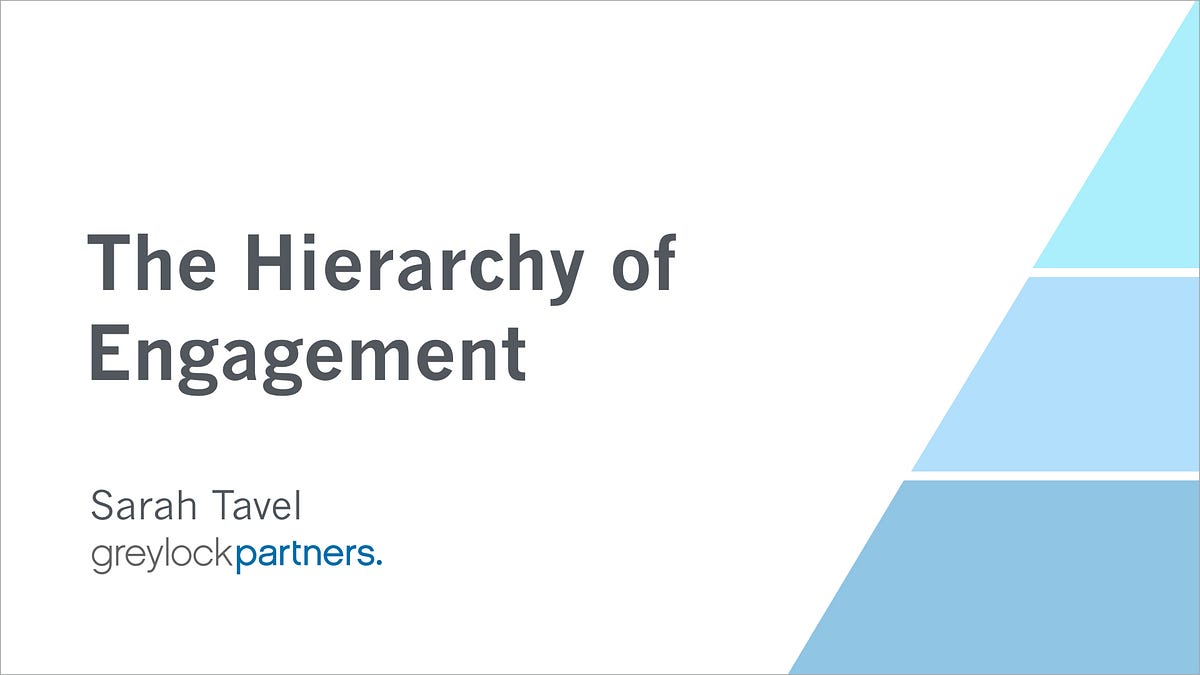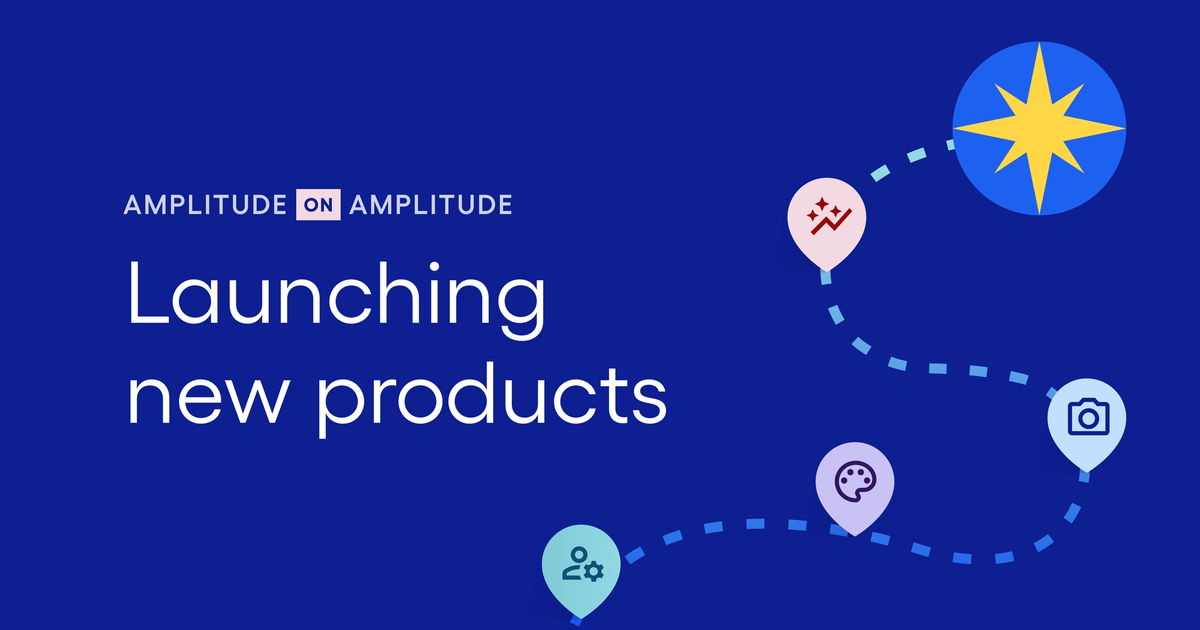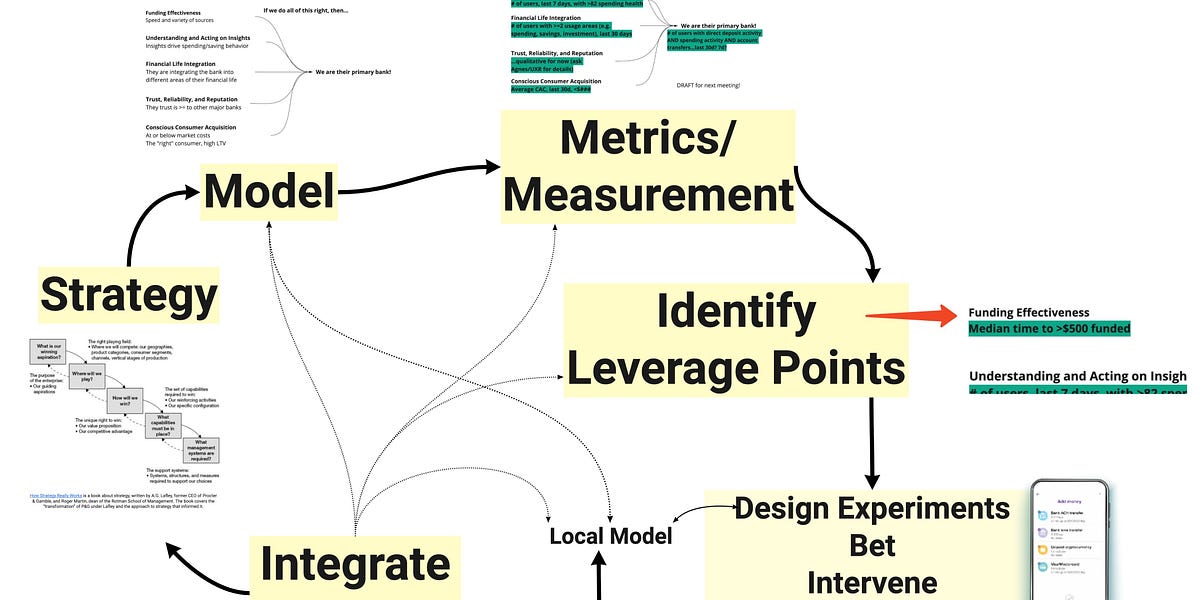Christoph Janz outlines five distinct strategies for building a $100M company, ranging from enterprise (elephants) to consumer (flies). He analyzes pricing models, customer acquisition, and go-to-market approaches to help founders identify their optimal growth path. A foundational read for SaaS entrepreneurs and startup operators.
Growth & Go-to-Market Strategy
8 resources in this subcategory
Topics in Growth & Go-to-Market Strategy:
Tavel extends her original framework to highlight how companies can build products that retain users over time. She categorizes engagement loops and stresses the importance of value creation at each step. Highly relevant for product managers and growth teams focused on long-term user engagement.
Tomasz Tunguz explores SaaS pricing models—seat-based, usage-based, and tiered—and how they affect customer retention, lifetime value, and growth potential. The guide includes case studies from Twilio, Snowflake, and HubSpot. A must-read for monetization strategy.
Drawing on her experience in fast-growing startups, Prerna Goel warns against deferring questions about profitability. She stresses that understanding cost structure and margins early on is essential for scaling responsibly. A reflective guide for founders in high-growth environments.
Explores how Amplitude leverages product-led growth strategies, including freemium models, free trials, usage-based pricing, in-product activation loops, and the handoff from product-qualified leads to marketing-qualified leads.
This case study explores how Duolingo used a product-led growth (PLG) framework to drive a 4x increase in daily active users (DAUs). It examines their approach to activation, monetization, and growth strategy, providing insights that can inform data-driven product and marketing decisions.
Strategies and tactics for acquiring, activating, and retaining customers through freemium, free trials, usage-based pricing, and in-product activation loops. Covers the key principles and metrics for building a successful product-led growth motion.
This article discusses the data-informed product cycle, which involves translating high-level strategy into models, testing hypotheses, and iterating based on data. It covers key topics like freemium, free trials, usage-based pricing, activation metrics, and product-qualified leads (PQLs).





